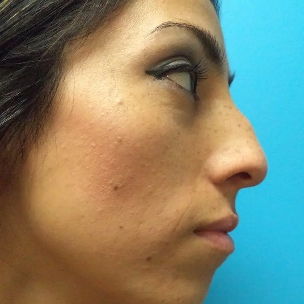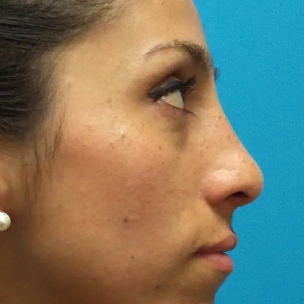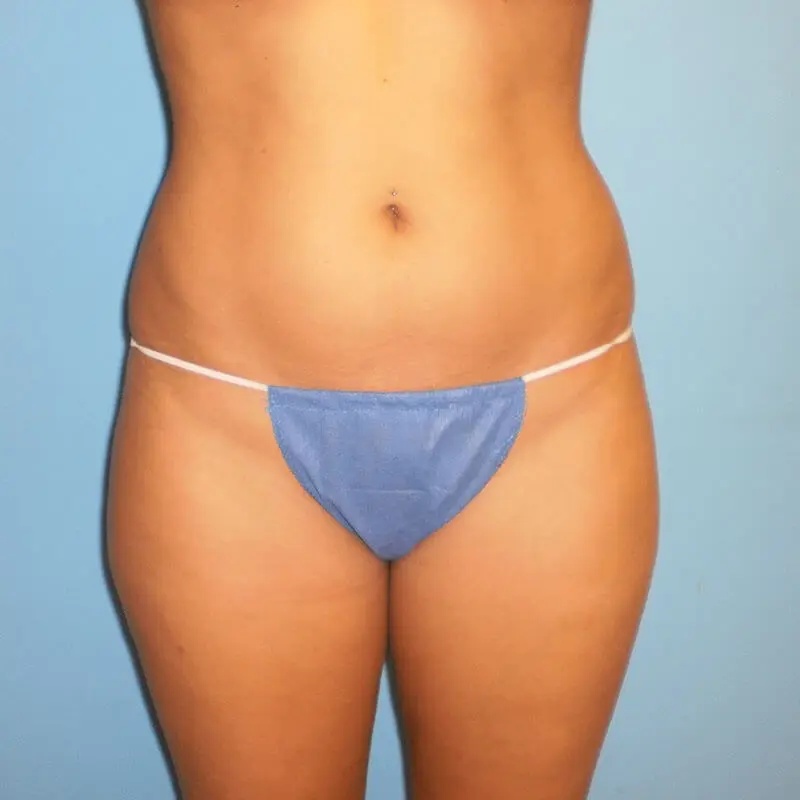A breast lift is performed to raise sagging breasts to a more youthful position on the chest. This procedure improves breast appearance and enhances physical comfort.
To provide an uplifted breast appearance, the tissue is tightened, and excess skin is removed.
Complications from this procedure are rare; however, there are risks of temporary or long-term limitations.
What Can Be Affected?
While many breast lift patients turn to the procedure because of the after-effects of pregnancy and breastfeeding, others choose the surgery after significant weight loss.
Women who opt for a breast lift after pregnancy have likely already had all the children they plan to, and the ability to breastfeed no longer matters. Women who desire breast lift surgery after weight loss may or may not have had their children already.
Women nursing her baby following a breast lift surgery.
If you are planning to have children after breast lift surgery, breastfeeding may become a significant concern.
The ability to breastfeed is compromised when the connections between the milk ducts and nipples are severed or damaged. This situation is possible during breast lift surgery because the tissues in those areas are manipulated and tightened.
This process may inhibit the ability to breastfeed, but every woman and every surgery is different. And some women are unable to breastfeed even without undergoing breast surgery.
The loss of sensitivity in the nipple and surrounding skin is a potential temporary or permanent side effect of breast lift surgery. Like breastfeeding, nipple sensitivity relies on a strong connection between the nerves.
This connection is sometimes broken during surgery.
While some sensitivity usually returns as the breasts continue to heal, there is no guarantee that all sensation will come back.
How Can You Minimize Your Risk?
Every breast lift technique involves a circumferential incision around the nipple-areola complex. This incision automatically puts you at risk because it causes damage to the nerves, but it does not guarantee that you will experience any complications.
Part of your breast lift involves repositioning the nipple-areola complex to a heightened, centered, and more symmetrical position. This repositioning can be achieved through one of two techniques.
The nipple can be relocated while remaining attached to the tissues, but it can also be transferred by detaching the nipple-areola complex and reattaching it to the correct place.
By physically removing the nipple from the breast, you are severing the connection between the nipple and both the milk ducts and connective nerve tissues.
Once this connection is broken, it is complicated, if not impossible, to repair it. This technique increases the possibility of losing sensation and the ability to breastfeed tenfold.
To reduce risk, choose a technique that will protect the connection between the nipple and the breasts.
To Find Out More
These are rare but possible risks that accompany breast lift surgery. To learn more about the rewards and risks of breast lift, or to find breast lift surgery near you, contact PREMIERE Center
at or fill out our online contact form. We perform breast lift surgery in Tampa, Florida.





